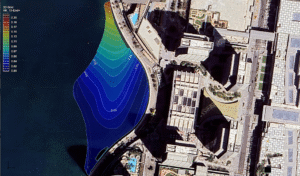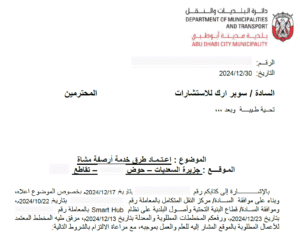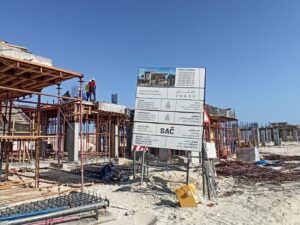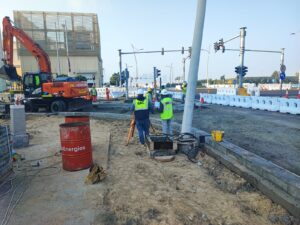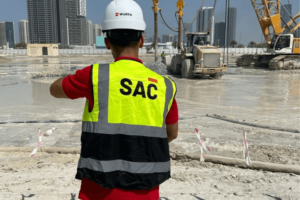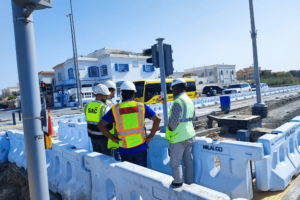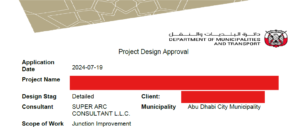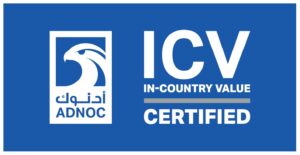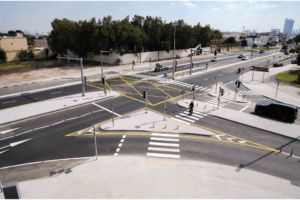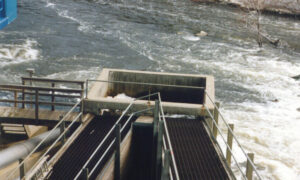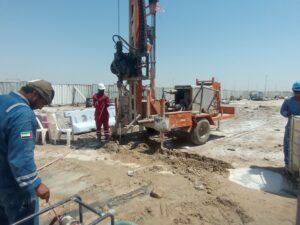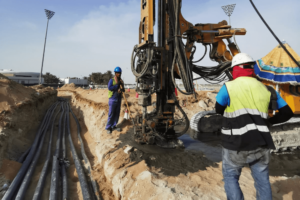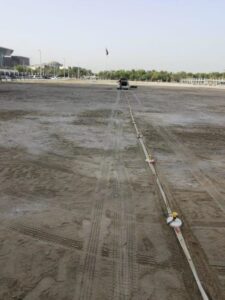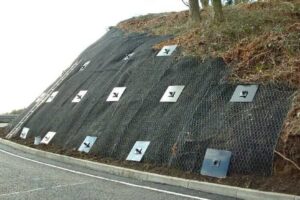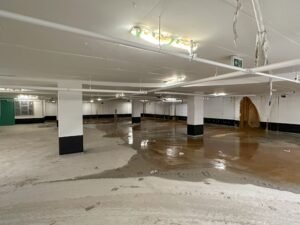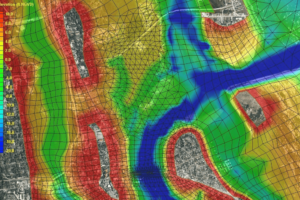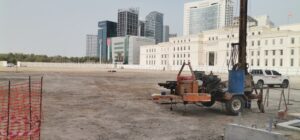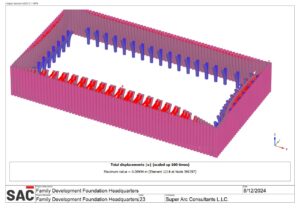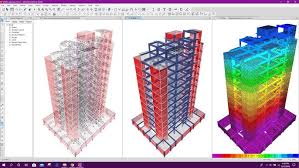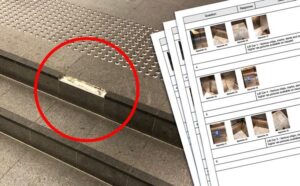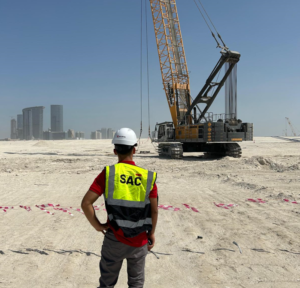Overcoming water Challenges with Geotechnical and Hydrological Engineering
High groundwater levels can present significant challenges in construction and development projects. Whether it’s a residential building, commercial structure, or infrastructure project, understanding and managing groundwater is crucial to ensure stability, safety, and longevity. Super Arc Consultant LLC offers specialized solutions for complex groundwater and water-related issues, including drainage system design. This blog delves into the importance of hydrological assessments in high groundwater areas and how a combination of geotechnical and hydrological engineering studies and testing can provide effective solutions.
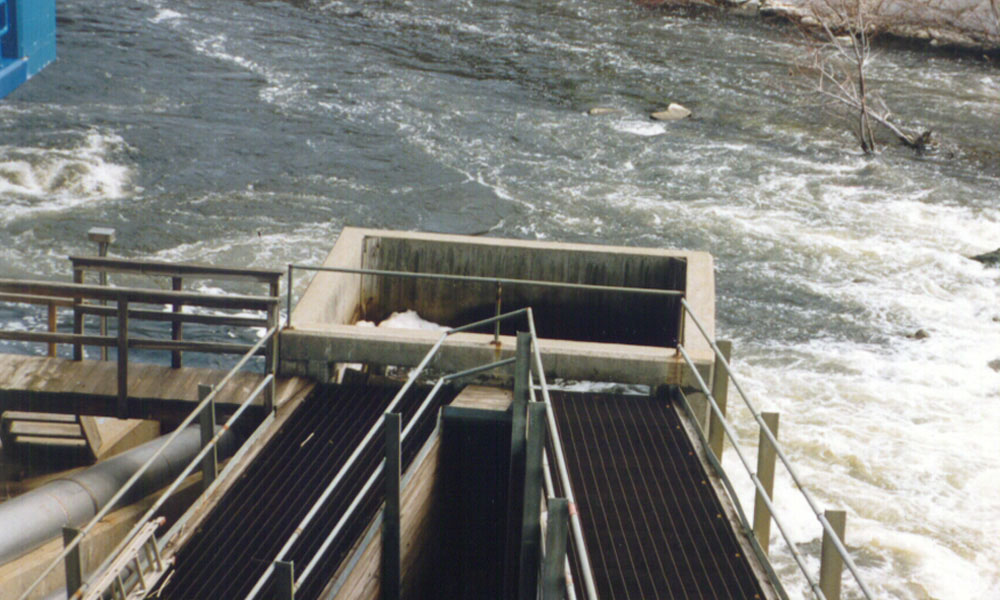 Hydrological Engineering Services by Super Arc Consultant LLC
Hydrological Engineering Services by Super Arc Consultant LLC
Understanding the Impact of High Groundwater Levels
Groundwater, the water present beneath the earth’s surface, is a critical component of the hydrological cycle. However, when groundwater levels are high, it can lead to several complications, including:
- Foundation Instability: High groundwater can reduce soil strength, leading to instability in foundations. This can cause differential settlement, structural damage, and in severe cases, complete failure of the structure.
- Water Ingress: Groundwater can infiltrate into basements, tunnels, and other subsurface structures, causing water damage, mold growth, and deterioration of building materials.
- Increased Construction Costs: Managing high groundwater levels often requires additional measures such as dewatering, waterproofing, and specialized foundation designs, which can significantly increase construction costs.
The Role of Hydrological Assessments
A hydrological assessment is the first step in addressing issues related to high groundwater levels. It involves a thorough study of the site’s groundwater conditions, including:
- Groundwater Level Monitoring: Continuous monitoring of groundwater levels over time to understand seasonal fluctuations and the potential impact on construction.
- Aquifer Characterization: Understanding the properties of the aquifer, including its permeability, transmissivity, and storage capacity, to determine how water moves through the subsurface.
- Hydrological Modeling: Using software to simulate groundwater flow and predict how changes in the environment, such as construction activities, will affect groundwater levels.
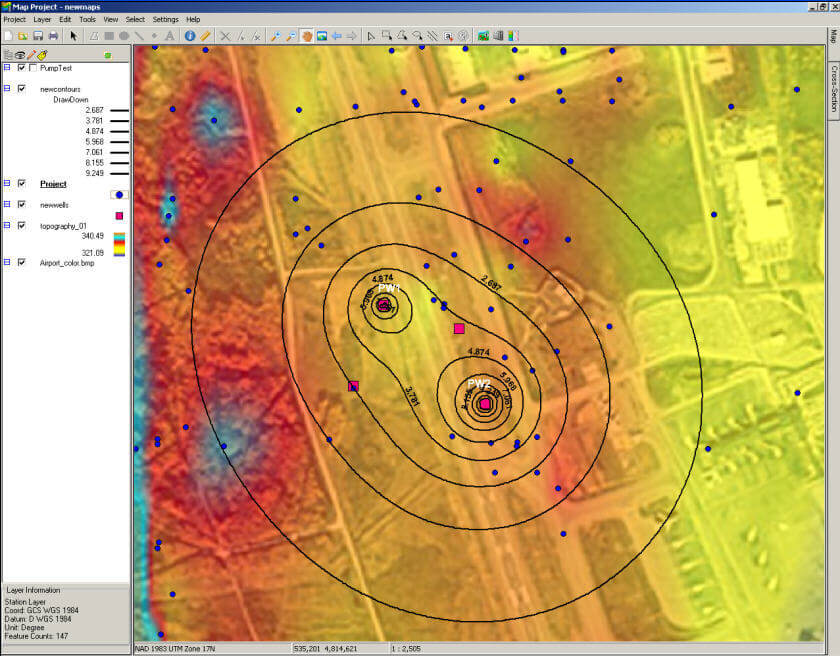 Pump Tests and Aquifer Testing
Pump Tests and Aquifer Testing
Combining Geotechnical and Hydrological Engineering
To effectively manage high groundwater levels, it is essential to integrate geotechnical and hydrological engineering. Super Arc Consultant LLC combines these disciplines to offer comprehensive solutions, including:
- Site Investigation and Soil Testing
- Borehole Drilling and Sampling: Collecting soil and rock samples from the site to analyze their properties, including permeability, porosity, and strength.
- In-Situ Testing: Conducting tests like Standard Penetration Test (SPT), Cone Penetration Test (CPT), and Piezometer installation to assess soil behavior under different conditions.
- Dewatering Design and Implementation
- Dewatering Wells: Installing wells to lower the groundwater table temporarily during construction. This is often combined with pumping systems to control water levels.
- Drainage Systems: Super Arc Consultant LLC excels in designing subsurface drainage systems to manage long-term groundwater infiltration, including French drains, trench drains, and sump pumps.
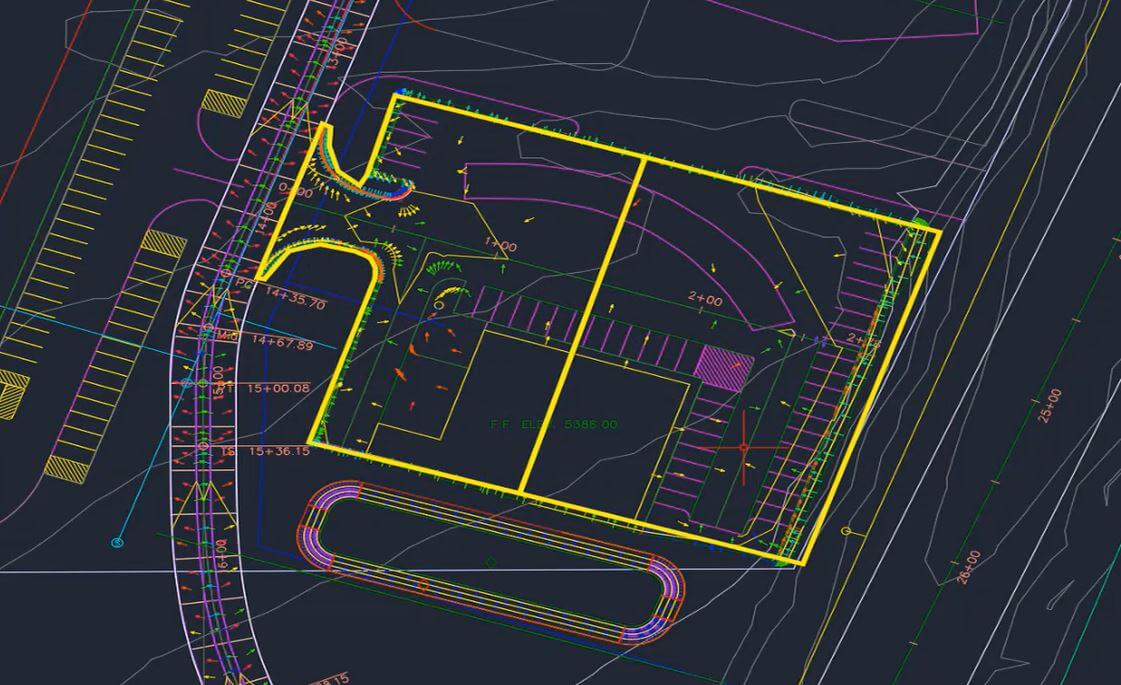 Expert Drainage Design by Super Arc Consultant LLC
Expert Drainage Design by Super Arc Consultant LLC
- Foundation Design Adjustments
- Piled Foundations: In areas with very high groundwater, pile foundations that transfer loads to deeper, more stable strata can be effective.
- Raft Foundations: For sites with moderately high groundwater, raft foundations can distribute loads over a larger area, reducing the risk of differential settlement.
- Waterproofing Measures
- Membrane Systems: Applying waterproof membranes to the exterior of subsurface structures to prevent water ingress.
- Crystalline Waterproofing: Using crystalline waterproofing admixtures in concrete to block water pathways and seal cracks that may form over time.
- Monitoring and Maintenance
- Groundwater Monitoring: Ongoing monitoring of groundwater levels post-construction to ensure that the implemented solutions remain effective.
- Regular Maintenance: Periodic inspection and maintenance of drainage and waterproofing systems to prevent failures.
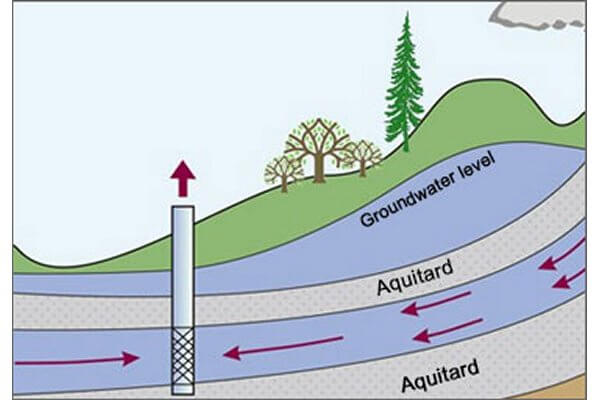 Aquifer Testing and Monitoring
Aquifer Testing and Monitoring
Conclusion
High groundwater levels require a meticulous and informed approach to ensure the safety and durability of construction projects. By combining hydrological assessments with geotechnical engineering studies and testing, Super Arc Consultant LLC develops tailored solutions that address the specific challenges of each site. This integrated approach not only mitigates risks but also optimizes construction processes, ensuring that projects are completed on time, within budget, and with long-term success.
Investing in thorough site investigations and the right engineering solutions is essential for any project facing the complexities of high groundwater levels. Super Arc Consultant LLC stands ready to provide expert services in managing groundwater and designing effective drainage systems, ensuring your project’s success and sustainability.
